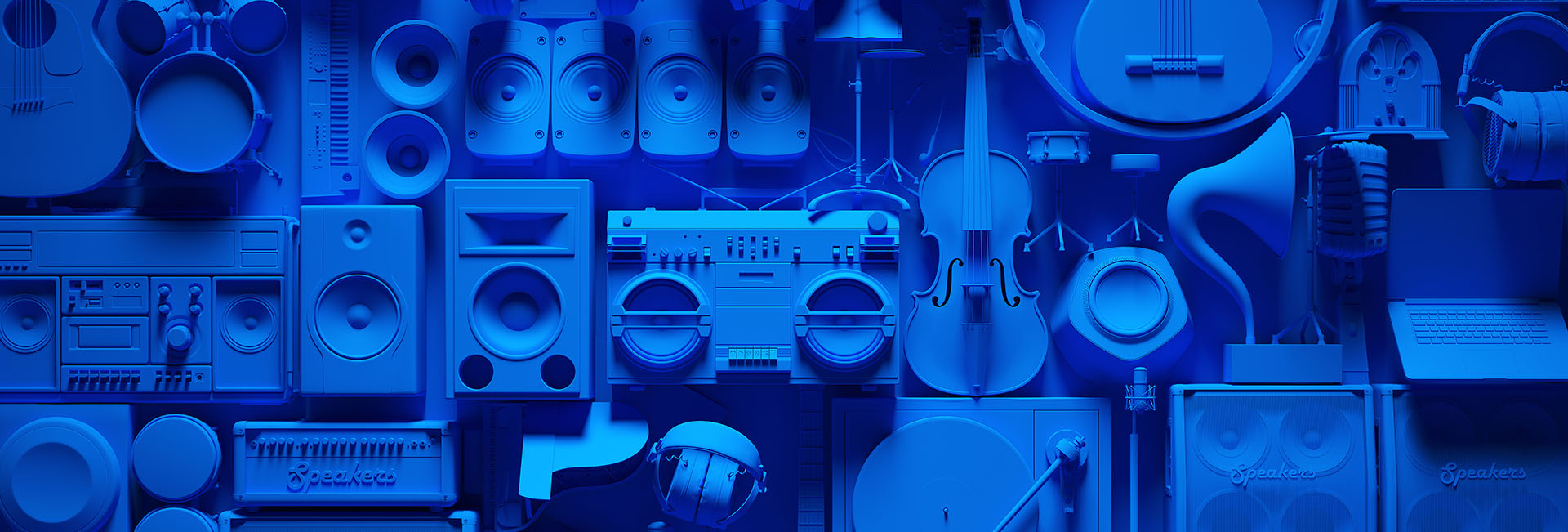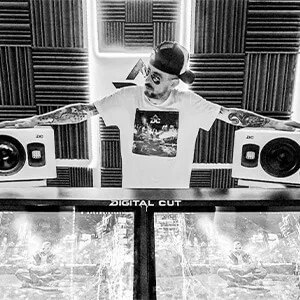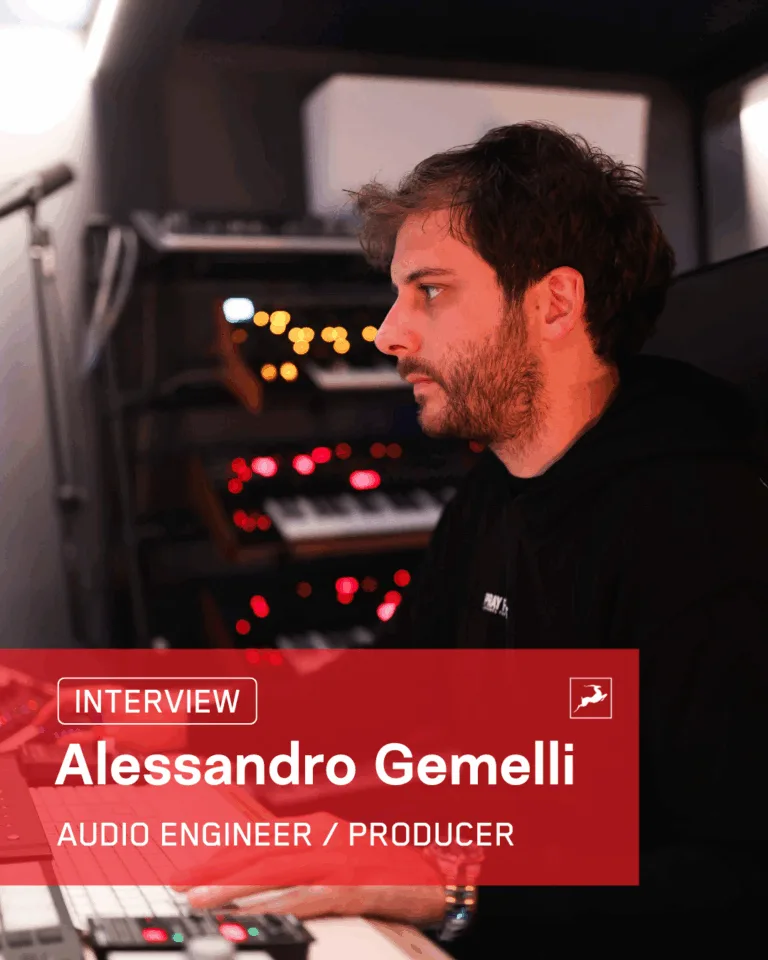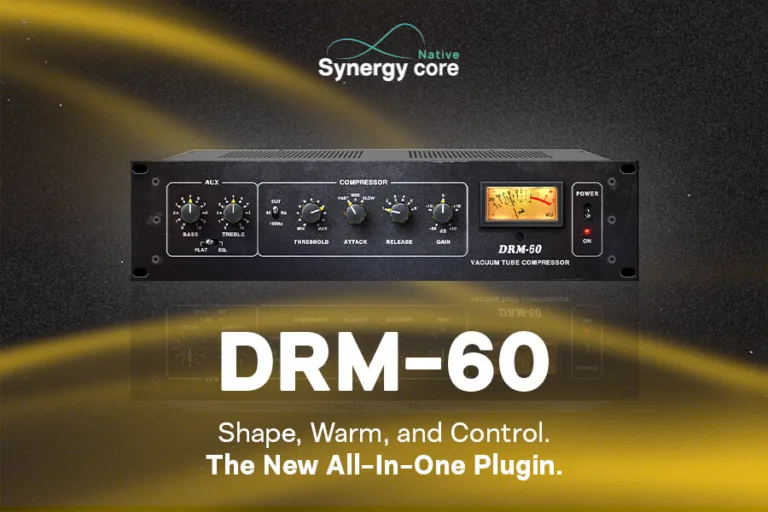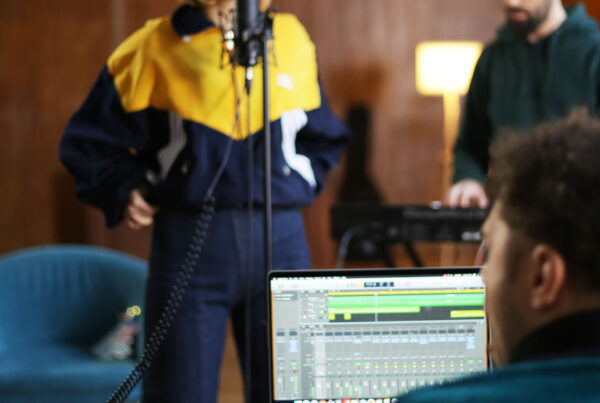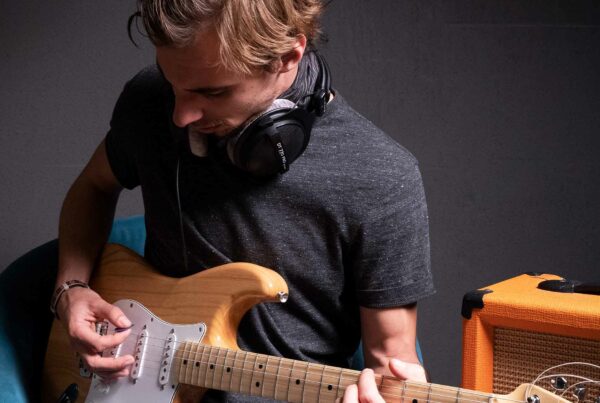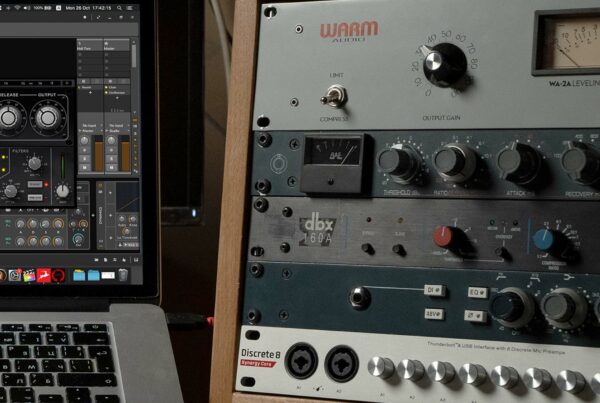From the onset of sound recording, the paths of music and technology have been intertwined. Breakthroughs in technology often spawned entire forms of music previously not even dreamed of. And the opposite is true as well – the demands of artists and producers provoked either daring new approaches to using existing equipment or lasting technological changes. This article explores the incredibly exciting, decades-long relationship between music and technology in which Antelope Audio remains both a giver and a taker.
The all-important analog recording studio
Modern sound recording began all-analog, transitioned to digital at the turn of the century, and is now in a hybrid era where music may be recorded digitally but analog processing is very much in style. The earliest example of mutual development stemming from the fusion of music and technology is the emergence of microphones and amplification in the mid-1920s United States.
The ability to have intensely dynamic, intimately emotional performances come through loud and clear spawned ‘crooners’ like the venerable Frank Sinatra, defining the sound of the period. Meanwhile, instrument amplifiers and magnetic pickups took the guitar and bass to the church of rock & roll. Film sound formed, merging the realms of audio and visuals to produce the deeply immersive experiences we are now accustomed to. For how much time has passed, you may be surprised how little has changed in basic microphone and loudspeaker designs, or film sound paradigms to this day…
From the 1950s, magnetic tape recording helmed the next revolution. Tape was a German mainstay from as early as the 1930s, but it only broke through to the rest of the world by the end of World War 2. Tape’s significance cannot be overstated – it offered longer recording durations, previously unheard sonic fidelity, and creative possibilities like multi-tracking, tape splicing, and editing.
Placed at the end of the analog recording chain, the reel-to-reel machine blew the door wide open to the kind of intricate, layered arrangements only possible within the studio realm. Concurrent developments meant to answer the needs of broadcast facilities, such as mixing consoles, limiters, and equalizers, gave recorded sound a pleasant sheen that the older equipment lacked. Later on, creative effects like delays and reverbs made up for the missing depth and space lost with the prevalence of close-miking techniques.
The defining era for the analog recording studio is, unquestionably, the 60s and 70s. These decades saw glowing examples of the studio being utilized as a musical and production tool. Acts like The Beatles, Brian Eno, Pink Floyd, and King Crimson are just a few among these sonic adventurers. Expansive, defining works like Sgt. Pepper’s Lonely Hearts Club Band and Dark Side Of The Moon literally wouldn’t have been possible without the creative liberties of a recording facility behind them. In many ways, those bands were not afraid to break the boundaries of music productions by utilizing the equipment in ways it is not meant to be used.
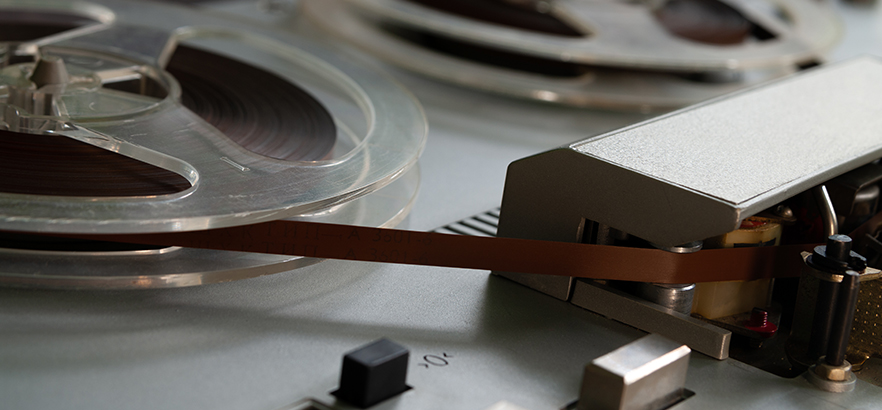
Digital recording, and how it circled back to analog
Analog recording reached its peak in the mid-70s. At that point, early digital recording was on the rise. Helmed by Sony’s DAT technology for storing digital data on magnetic tape, it enabled quicker, more accurate, and consistent recordings. Then, the early 90s saw the advent of hard-disk recording, adept MIDI sequencing, the DAW, and rudimentary processing “in-the-box.” Essentially, these are still the pillars of digital audio production.
Presently, we have grown to appreciate analog equipment for its characteristic imperfections. Hiss, flutter, and saturation are the key ingredients of countless lo-fi mixes on SoundCloud. But these pleasant, vibe-ing subtleties were once dismissed as technological limitations. At first, well-meaning audio engineers saw digital as the means to the noise-free, uncompromised recordings which they pursued for decades. By the late 90s, major recording facilities had transitioned to digital and ProTools had become synonymous with recording, much like tape reels decades before it.
At some point onward, studio professionals reached a sobering realization. At best, all-digitally recorded and produced music lacked the pleasant warmth and softness of analog recordings – something our ears had accustomed themselves to throughout decades of listening to them. At worst, digital productions could sound dry and clinical to an unflattering extent – perhaps even harsh. Such a feeling may lend itself well to electronic music or dense arrangements where the extra clarity is a must to be able to distinguish individual parts. But nobody in their right mind would want to make Aerosmith sound like techno, correct?
In quite the roundabout way, it was digital technology that came to the rescue first. The analog renaissance of today came about later, driven by a love for the past and the relentless pursuit of knowledge. Software developers looked for ways to exploit the predictable and timely rise in computer and DSP processing power for the purpose of digitally recreating the analog magic lost during the transition to digital.
It must have sounded like a typical engineer’s pipe dream at the time – imagine if we kept all the advantages of software, but made it sound like the real thing? But it came true, and analog emulations have come full circle since their humble beginnings. Powerful processors and increasingly sophisticated algorithms made for plug-ins that sound barely distinguishable from studio equipment worth hundreds of thousands of dollars. And it wasn’t just rare compressors, EQs, and preamps that went digital. It happened to musical instruments, too, owing to improved sampling and synthesis techniques.
Then, it was a coalescence of factors – namely the widespread adoption of computers and mobile devices, accessible software prices, and fun, inexpensive MIDI controllers. This gave technologically minded, musically enthusiastic people an honest shot at pursuing music production as a hobby or career. Yes, more people making music doesn’t automatically mean more great music gets made. But it does improve the chances incalculably!
Antelope Audio fusing the best of analog and digital
Antelope Audio has been contributing to the advancement of recording technology for nearly two decades. Looking at our past and present developments, you may be thinking of Antelope Audio as mostly digital. But the legacy of analog design runs deep within all our digital gear, and vice-versa: we relentlessly explore opportunities to incorporate digital advantages into analog equipment.
Examples? Ever heard of our preamps? All Antelope Audio Synergy Core interfaces have mic preamps built the old-fashioned way: with discrete components. While we do take pride in their ultra-linear character which suits our Edge line of mics, their design pays homage to the finest audio engineering practices of the last century. We are standing on the shoulders of giants. Likewise, our Axino Synergy Core USB modeling microphone features the same low-latency digital effects processing found in our top-of-the-line Galaxy converters.
While reincarnating good old gear through laboriously detailed emulations has taken a great deal of our time in the past few years, we consider our digital clocking technology the definitive Antelope Audio accomplishment. If there’s a single piece of the complex technological puzzle that best explains why not only our equipment, but also prestigious studios around the globe sound the way they do – it’s that clocking.

How does the future look like?
So what’s in it for the future of music technology? We won’t be wrong if we say that we live in the future already! But there has to be something to look forward to, no? We think this is the advent of AI and machine learning technologies enchancing audio production in surprisingly useful and clever ways.
Modern plug-ins can analyze audio with uncanny precision and separate it into stems, carry out the kind of mastering moves you’d expect from a seasoned engineer, help you solve frequency masking in mixes, generate musical sequences, and so much more. Likewise, machine learning has proven itself a viable alternative to the complex and expensive component modeling process used in gear emulations, such as guitar amps and effects. As music technology has matured and reached widespread adoption, AI is the one space to seriously watch out for in the coming years.


